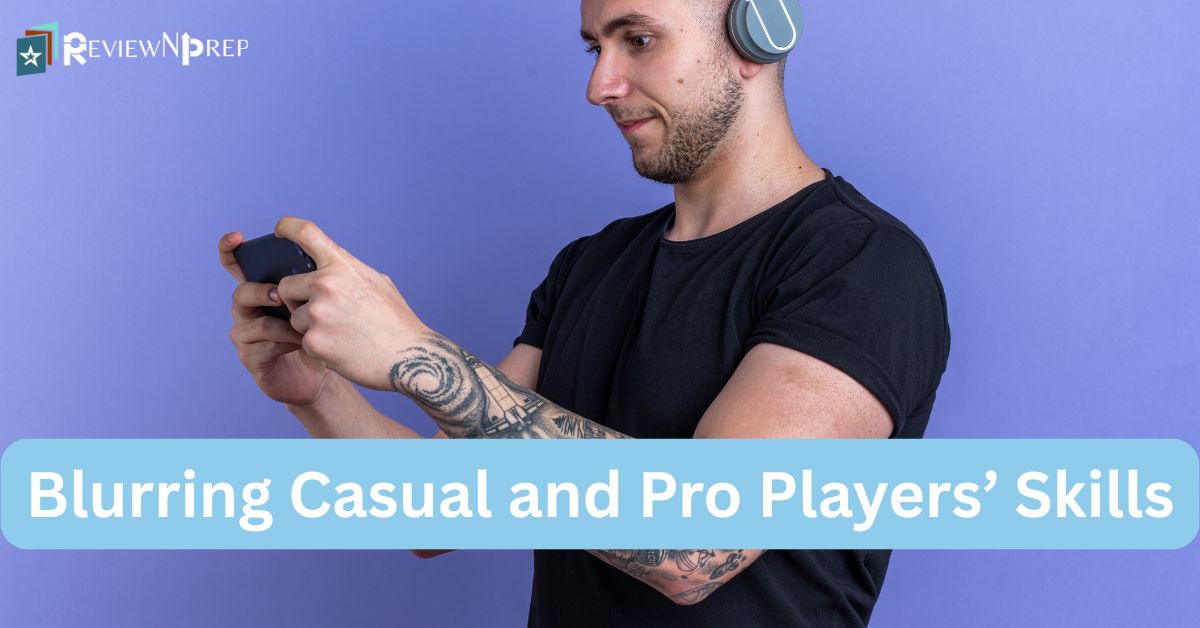There is something thrilling about those moments in a match when everything works in your favor. Maybe it is a perfect headshot, a clutch play at the last second, or a bold move that changes the scoreboard. These are the moments that keep players coming back. In the past, they were often linked to professional players who had access to the best tools and training.
That gap between casual and pro players is not as wide as it used to be. Technology has opened the door for more players to use tools that sharpen aim, improve awareness, and speed up reaction times. High-level performance is no longer limited to esports professionals.
In this article, you will see how technology is helping players of all levels compete at a professional standard, and what kinds of tools are making it possible.
Tech Upgrades Every Player Now Enjoys
Better gaming hardware and faster connections have raised the standard for everyone. High-refresh-rate monitors, low-latency keyboards and mice allow gameplay to be smoother. Stable internet reduces lag and keeps action consistent. These upgrades used to be rare outside of professional setups, but now they are common in home gaming spaces.
Many games also have built-in analytics, giving players insight into their performance. You can see accuracy rates, heat maps, and movement patterns right after a match. Streaming platforms and replay tools let you review past games and spot areas for improvement. With these tools, players can adjust their strategies quickly and keep getting better.
In-Game Enhancements That Give Players an Edge
Some gaming tools go beyond standard settings that can completely change the scenario of the match. They can reveal hidden opponents, sharpen aim, and give faster access to essential match information. In shooting games, for example, ESP highlights enemy positions and valuable items, while wallhacks allow visibility through barriers. When used together, these features give players greater confidence and more tactical choices.
These advantages stand out most in fast-paced games like Call of Duty, where even a split second can decide the winner. Therefore, some specialized platforms offer Call of Duty hacks that combine ESP, aimbots, and wallhacks with smooth aiming, adjustable settings, and undetectable operation. They help players anticipate movements, react instantly, and keep control. Many of these tools can be found on specialized online gaming platforms.
Mindset Shifts Fueled by Modern Gaming Tech
When technology makes improvement easier, players start thinking differently. Ranking systems and leaderboards encourage regular games. The real-time response refers to the average progression, which keeps the inspiration high. Watching live streams of skilled players using similar devices can be inspiring, and they often try new strategies in their matches.
The availability of online tournaments and community competitions adds to this change. Players who once played casually are now joining competitive events and approaching the game with more focus. This change in attitude is one of the biggest reasons casual and pro performance levels are starting to meet.
Training Tech That Builds Pro-Level Skills
Not every improvement comes from in-match tools. Training technology gives players safe ways to practice without affecting rank or stats. AI-powered aim trainers can refine targeting accuracy. Reflex improvement programs build faster reaction times. Simulated match environments allow for realistic practice sessions without the pressure of live competition.
Performance tracking tools take things further. They can study your movement, weapon choice, and decision-making and then suggest specific changes. This structured approach has been used by professionals for years. Now, casual players can also use it to close the skill gap.
Balancing Fairness in a Tech-Driven Scene
As technology changes the way games are played, questions about fairness naturally follow. Some see improvements as part of the game’s development. Others believe they create an uneven playing field. Developers and communities are working on ways to maintain competitive integrity while still allowing room for innovation.
Rules, detection systems and clear guidelines help keep the fighting fair. The challenge is finding a balance where skill still means something most, but players can also benefit from the right tools. This balance will be important for the future of competing games.
Final Thoughts
Technology removes the gap that once separated random players from professionals. Tools and training systems that were difficult to get before are now easy for everyone to use. This change has made games more competitive and more exciting for players at all skill levels.
The important thing is to use these tools fairly. With the right balance, technology can make the matches more fun and more similar. It can also create new ways to enjoy games. The future of competing games looks fast, linked and full of chances for anyone who wants to improve their skills.
Further Reading:
Enhancing Career Prospects Through Industry Certifications
Breaking Down the Pros and Cons: Are Coding Bootcamps Really Worth It?

